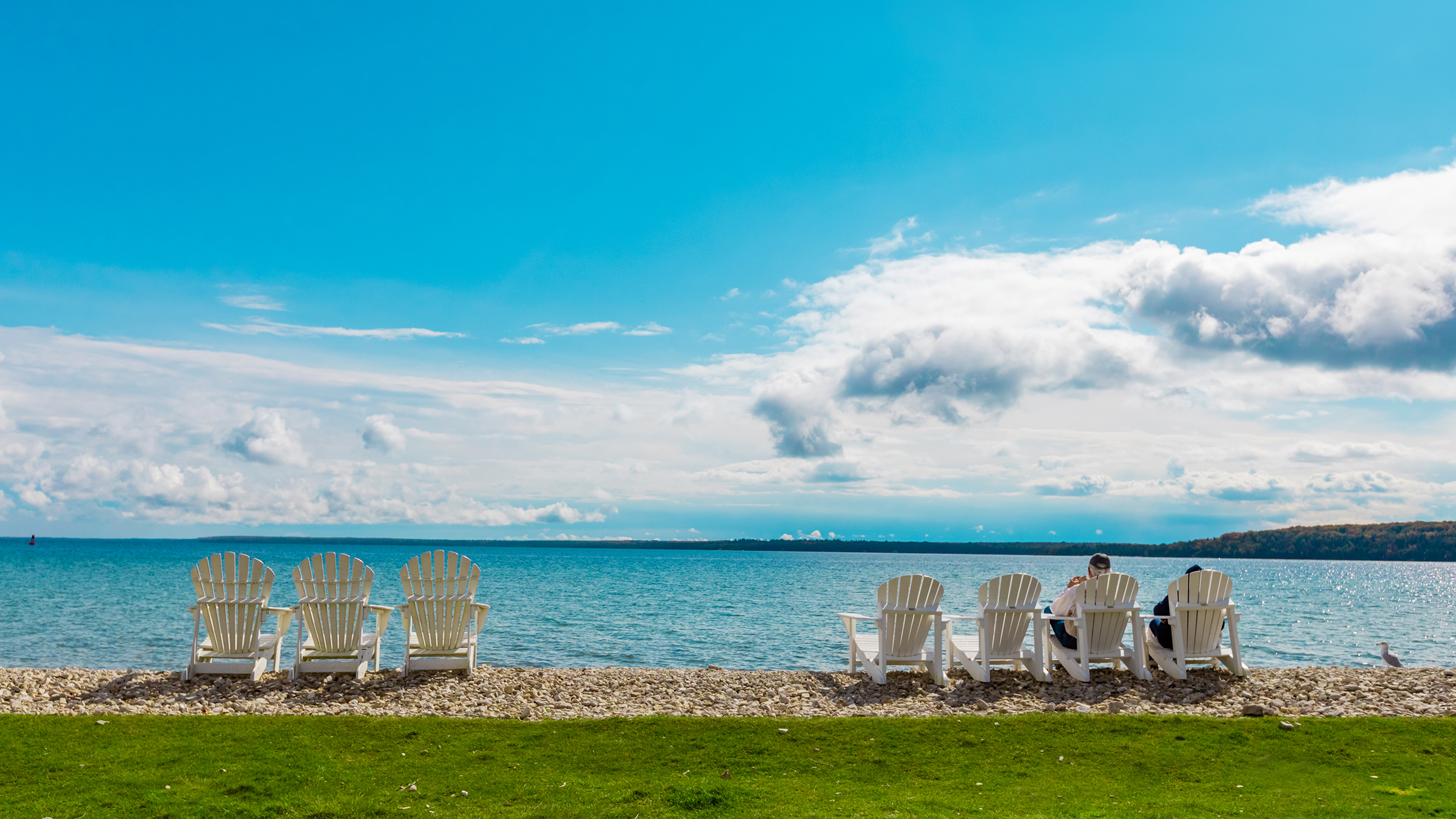As Minnesota’s hospitality and tourism industry enters the third year of the pandemic, recovery continues but appears to have slowed, according to results of a survey conducted in mid-May by the Minneapolis Fed and its partners.
About 40 percent of respondents said revenue and customer traffic were better than a year ago, which was early in the recovery. About 60 percent said revenue and demand were equal or better than pre-pandemic levels, but this response has changed little from responses in earlier surveys as far back as summer 2021.
For many, revenue growth was limited by the rising costs of labor and supplies, and the inability to pass all those costs onto customers.
One Twin Cities restaurant reported that wholesale prices have increased by more than 10 percent over the past 12 months but it has kept prices for its customers the same. “I do not want to be too expensive that normal, struggling folks cannot afford to come here,” the owner said. When wholesale prices doubled for some items, the owner said, the restaurant just took these items off the menu rather than raising prices.
For a northwest Minnesota resort, the problem isn’t affordability as much as costs rising faster than prices can be adjusted for customers. Most reservations are made months in advance and prices are locked in, the owner said. “The rising cost of goods to do business is killing me.”
Meanwhile, the pandemic continues to limit customer traffic for some businesses. Hotel operators said business travel still has not returned to pre-pandemic norms. Restaurants in downtown Minneapolis and St. Paul say they’re not serving as many office workers, presumably because people are working from home at least a few days a week.
Besides the Minneapolis Fed, other survey partners were Explore Minnesota, the state’s tourism office; and Hospitality Minnesota, an industry association.
Inflationary pressures
The rising cost of food, gasoline, and other supplies was one of the most frequently voiced concerns in the survey.
Overall, 37 percent said wholesale prices had increased by more than 10 percent in the last 12 months, and about the same number reported price hikes of 5 to 10 percent (Chart 1). Restaurants and other food and drink establishments had it worse than other types of businesses, with 51 percent reporting price hikes of 10 percent or more.
Comparing what respondents said about wholesale versus retail prices shows that about half aren’t passing on all costs to customers.
Supplies remain difficult to acquire for many, with 20 percent saying it was very difficult or extremely difficult and 34 percent saying it was moderately difficult.
Another common concern among respondents was labor. Three-quarters said they had open positions in the last three months, and about the same number said they expect to have open positions in the next three months. But hiring was noted as a big challenge, with 64 percent reporting that the labor market was very tight. Food and drink establishments had it worst with 71 percent reporting a very tight market, especially for kitchen staff.
Nearly all respondents have raised wages in response, with about half saying they had raised wages by more than 5 percent in the last 12 months (Chart 2). Three-quarters of respondents said they now pay $15 an hour or more. Nearly all said they expect to raise wages in the next 12 months, but only a third said they planned to raise wages by more than 5 percent.
A respondent from a central Minnesota hotel said wages increased by 46 percent to $19 an hour to ensure there would be enough workers in one department. “That is the only thing that has worked so far.”
Why businesses expect future wage hikes to be less than in the past is unclear, though many respondents reported having a hard time paying for labor now.
“We are competing with the big corporations who are advertising anywhere from $18 to $24 per hour starting wage,” said the manager of a central Minnesota business that manufactures and serves alcohol. “We cannot compete with that.”
Recovery in review
The spring survey showed a lot of variation within the hospitality and tourism industry.
While 58 percent of hotels and 56 percent of restaurants reported higher customer traffic than a year ago, only 28 percent of resorts said the same. Revenue growth was unequal as well, with 51 percent of hotels, 65 percent of restaurants, and 23 percent of resorts reporting higher revenue than a year ago. Note that the traffic and revenue for resorts was affected by the timing of the survey; many respondents said they traditionally don’t open until late in the spring, so their spring traffic and revenue are unchanged from year to year. The survey included other types of businesses, but sample sizes for those are very small.
Some respondents noted that revenues are no longer a good measure of recovery.
“Revenues are a false indicator as they are eaten up by the rising cost of doing business,” said a central Minnesota resort operator. “Taxes, wages, cost of goods all have risen faster than revenue growth, which results in declining profitability.”
A solid majority of businesses said they have recovered with revenue and traffic at or higher than pre-pandemic levels. But recovery appears to have slowed.
In fall 2020, only about 20 percent of respondents reported that revenue and customer traffic were at or above pre-pandemic levels (Chart 3). About half of respondents said their business’s financial health was stable or growing. Only 8 percent said overall business activities were at or above pre-pandemic levels. Spring 2020 was likely worse, with many businesses locked down by the state to limit the spread of COVID-19, but no survey was taken in that period.
From there, the hospitality and tourism industry recovered swiftly with significant improvements in all of these indicators by summer 2021.
But those indicators have improved at a much slower rate since that time, and even have deteriorated during this past winter when a big wave of COVID-19 infections rolled over the state.
A better summer
The industry’s momentum could improve over the summer, according to the survey, as about three-quarters of respondents said they expect revenue and customer traffic to equal or exceed pre-pandemic levels (Chart 3).
The most optimistic are those in the overnight accommodation businesses, such as hotels and resorts, with many citing early reservations for their sentiment.
At one northwest Minnesota campground, so many people have made summer reservations that there are few open campsites left to choose from, the manager said. “We hardly have much to offer at this point and we have just [reopened].”
For food and drink establishments, however, optimism was more frequently tinged with fear of something going wrong.
The manager of a Twin Cities brewery who expects summer traffic and revenue to be somewhat higher than pre-pandemic noted that “COVID still runs the economy. If a new scary variant arises, we’ll see drops instead of increases.”
Tu-Uyen Tran is the senior writer in the Minneapolis Fed’s Public Affairs department. He specializes in deeply reported, data-driven articles. Before joining the Bank in 2018, Tu-Uyen was an editor and reporter in Fargo, Grand Forks, and Seattle.






